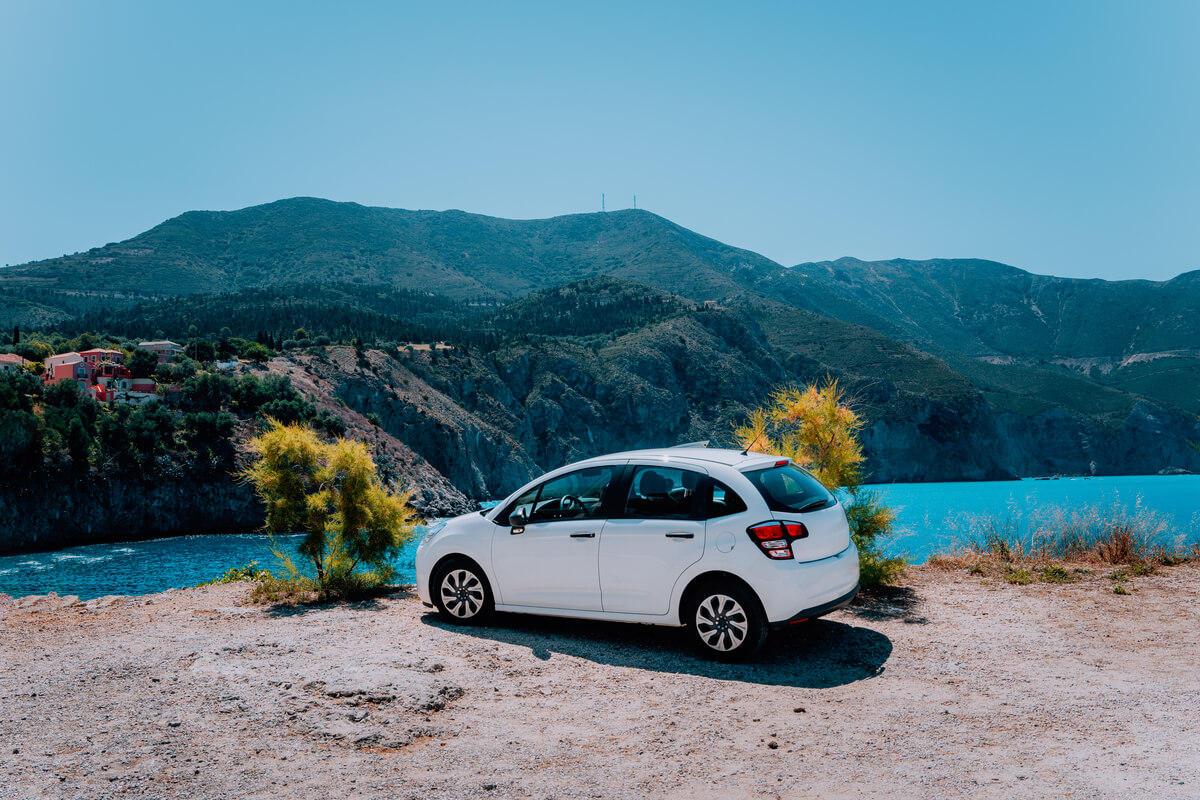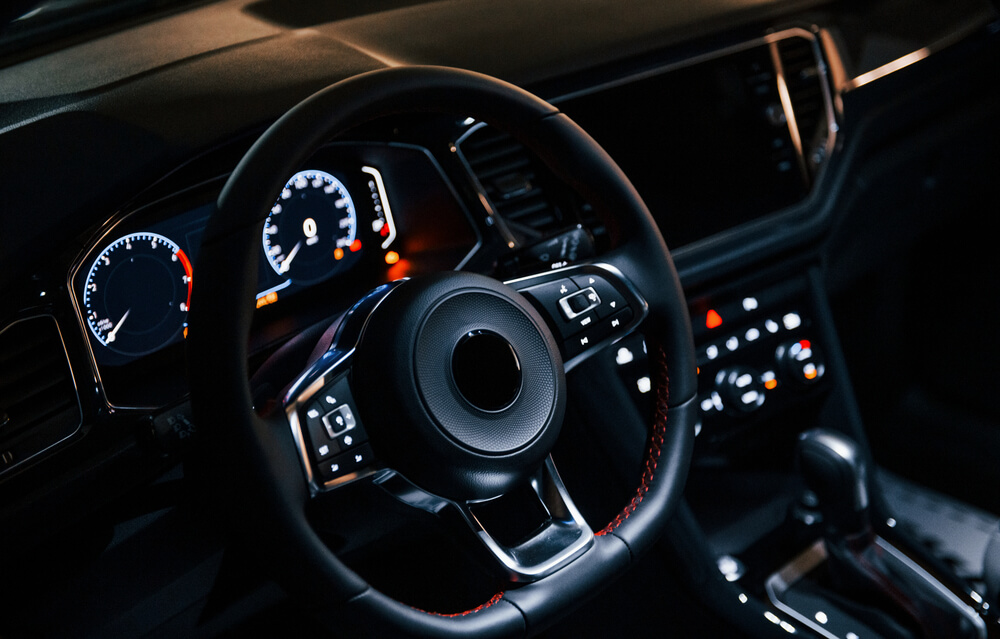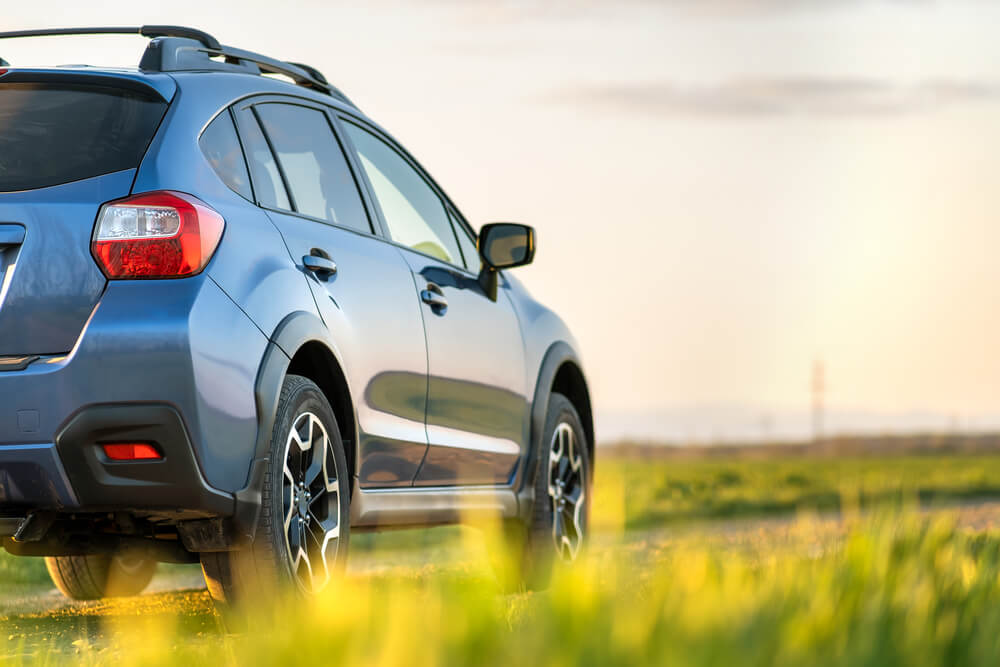Buying a used car can be a smart financial decision, but it also comes with risks. Many buyers are tempted by low prices, only to later discover hidden mechanical issues or a shady history. To ensure you're getting real value for your money, you need to know how to identify a genuine good deal. This guide will help you navigate the process, avoid scams, and drive away with a reliable, well-priced vehicle.
1. Research Market Prices and Set a Budget
Before stepping into a dealership or contacting a private seller, you need to understand the market value of the car you want. Websites like Kelley Blue Book, Edmunds, and NADA Guides provide estimated price ranges based on the car’s make, model, year, mileage, and condition. Compare listings across multiple platforms to see what’s reasonable and to avoid overpaying.
A. Compare Listings Across Platforms – Check prices on different websites to see the fair market value.
B. Factor in Extra Costs – Consider insurance, taxes, and possible repairs beyond the sticker price.
C. Be Wary of Too-Good-To-Be-True Deals – If a car is priced suspiciously low, investigate further.
2. Check the Vehicle History Report
A car’s past can tell you a lot about its future. Always request a vehicle history report from trusted sources like Carfax or AutoCheck. This report provides crucial details such as:
A. Accident and Damage History – Previous collisions can affect long-term reliability.
B. Odometer Readings – Ensure mileage hasn’t been fraudulently rolled back.
C. Title Status – Check for salvage, flood damage, or theft records.
A clean history report increases the likelihood of getting a reliable car without hidden surprises.
3. Inspect the Car’s Condition Inside and Out
Never judge a car solely by photos or descriptions—inspect it in person whenever possible. Walk around the vehicle and check for:
A. Exterior Red Flags – Uneven paint, rust spots, or misaligned panels could indicate past repairs.
B. Interior Wear and Tear – Look for excessive seat damage, dashboard cracks, and water stains.
C. Leaks Under the Car – Puddles of oil, coolant, or transmission fluid signal mechanical problems.
4. Take a Thorough Test Drive
A test drive is non-negotiable when buying a used car. Drive it in various conditions, including city streets, highways, and rougher roads. Pay attention to:
A. Braking Performance – Smooth and responsive, without squeaks or delays.
B. Steering and Alignment – The car should drive straight, without pulling to one side.
C. Acceleration and Transmission – No jerking, hesitation, or unusual noises when shifting gears.
5. Get a Trusted Mechanic’s Inspection
Even if you have a good eye for cars, a professional mechanic can spot issues you might miss. A pre-purchase inspection typically costs $100-$200 but could save you thousands in repairs down the road. The mechanic will check for:
A. Engine and Transmission Health – Detect potential costly mechanical failures.
B. Frame and Structural Integrity – Ensure no hidden damage from past accidents.
C. Brake, Tire, and Suspension Wear – Verify road safety and upcoming maintenance costs.
If the seller hesitates to allow an inspection, be cautious. A legitimate seller should have no problem with a professional evaluation.
6. Negotiate and Finalize the Deal Properly
Once you’ve done your research and inspections, it’s time to negotiate. If you’ve found minor issues with the car, use them as leverage to ask for a lower price. Politely but firmly discuss your findings, such as:
A. Tire and Brake Wear – If replacements are needed soon, request a price reduction.
B. Accident History – Prior damage lowers resale value, so negotiate accordingly.
C. Market Comparisons – If similar cars are priced lower, ask for a matching price.
Make sure you get all the necessary paperwork, including:
✔ Title (ensure it’s clean, with no outstanding loans)
✔ Bill of Sale (official document proving the transaction)
✔ Warranty or return policy (if applicable)
Never pay in cash without a receipt, and be wary of sellers who ask for payment before letting you see the car.
Maecenas iaculis pharetra nunc sit amet malesuada. Nulla facilisi. Fusce molestie at libero at ultricies. Suspendisse iaculis orci quam, at iaculis nisl dapibus eget. Quisque quis aliquet nisl, maximus viverra ligula. Sed erat elit, luctus id pulvinar quis, consectetur vitae ex
Darrel Wilson
Final Thoughts
Finding a good deal on a used car isn’t just about getting the lowest price—it’s about getting the best value. With the right research, inspections, and negotiation skills, you can drive away in a reliable vehicle that meets your needs without breaking the bank.
Taking shortcuts in the buying process can lead to costly regrets. Be patient, trust your instincts, and always verify everything before making a final decision. A great deal is one that offers both affordability and quality—and now you know how to find it.






